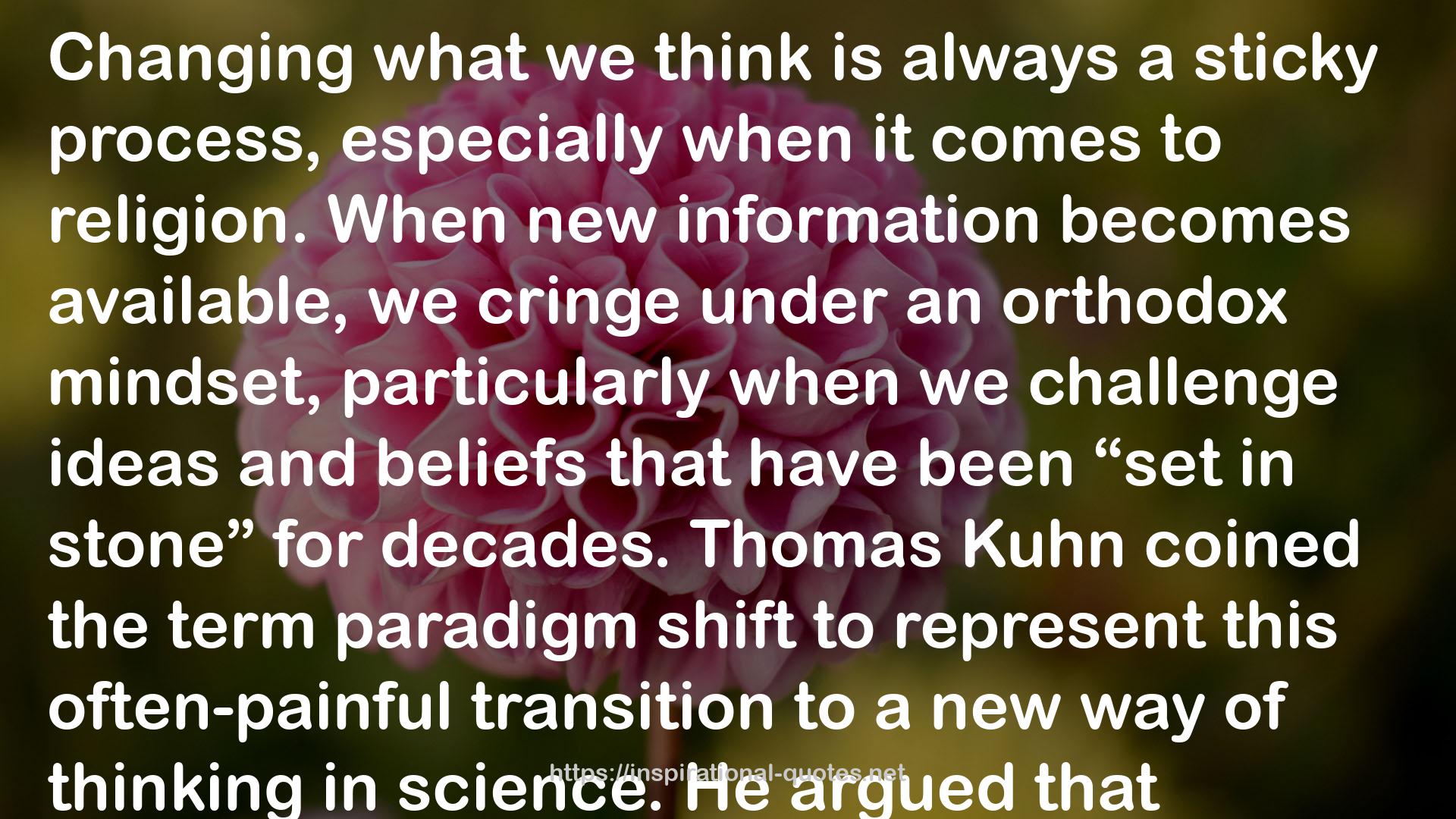Joseph Smith's Seer Stones QUOTES
SOME WORKS
- The Brazen Boys Series Box Set (The Brazen Boys, #1-4)
- Man Walks Into A Bar: The Ultimate Collection of Jokes and One-Liners
- Jack Bleacher: a parody
- Mortal Friends
- Een mooie jonge vrouw
- Gedachten over onze tijd
- Honorair Kozak
- Dit zijn de namen
- A Storm of Ice and Stars (Skane, #2)
- The Texas Ranger's Twins (The Morgan Men, #2)

